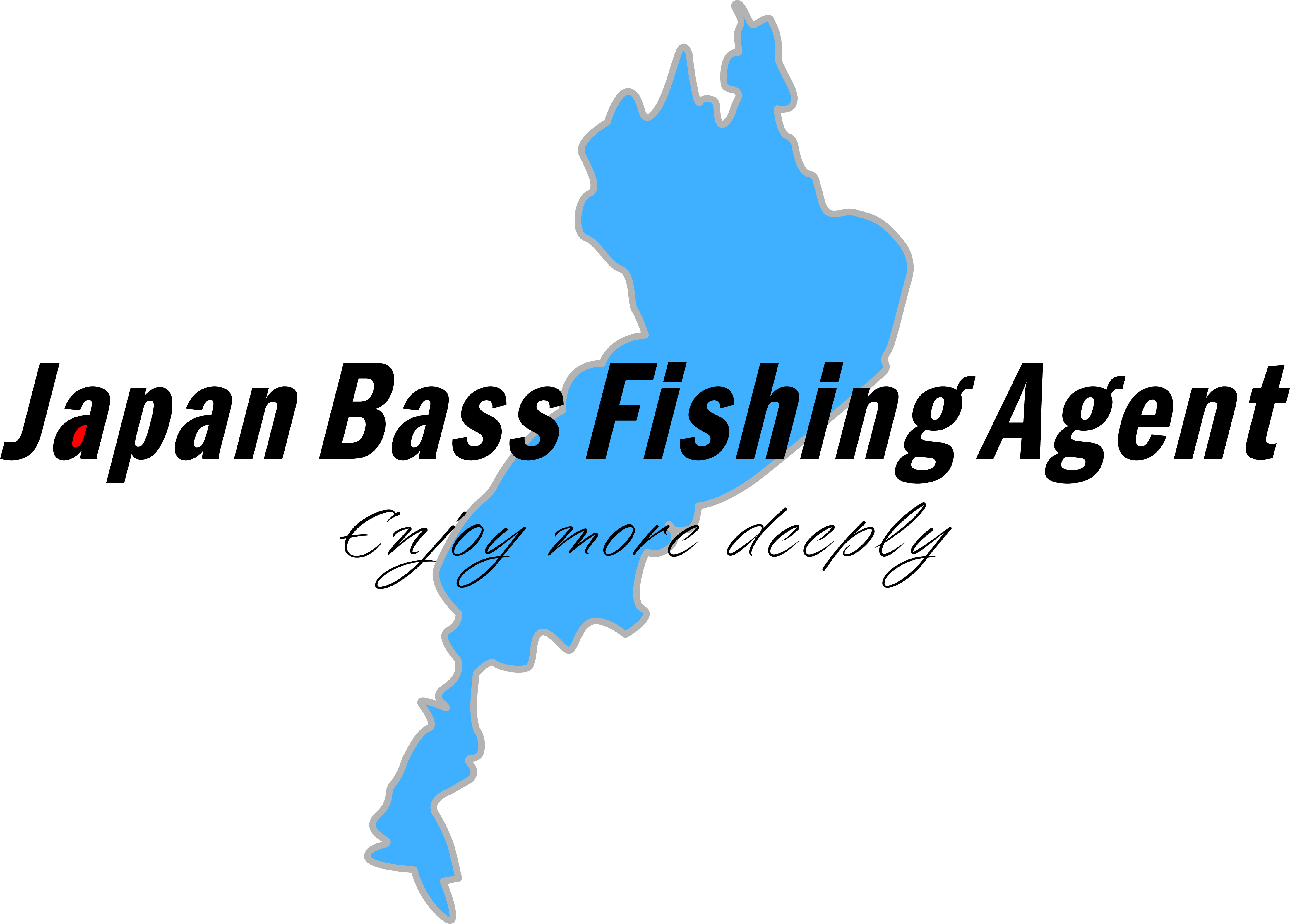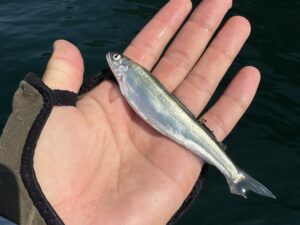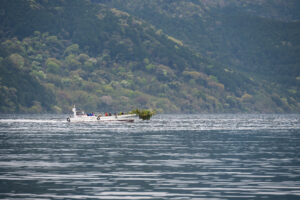The Day Japan Made Bass Fishing History: Manabu Kurita’s World Record from Lake Biwa
On July 2, 2009, Japanese angler Manabu Kurita caught a largemouth bass at Lake Biwa that weighed 10.12 kg (22 lbs 4 oz) and measured 73.5 cm (28.9 inch) in length.
The fish officially tied the world record set by George Perry in 1932, which had remained unbeaten for 77 years.
After verification by the International Game Fish Association (IGFA), Kurita’s catch was officially recognized as a world record–tying largemouth bass.
This historic event brought international attention to Lake Biwa and to Japan’s advanced bass fishing techniques, solidifying the country’s place in modern bass fishing history.

The Day It Happened – July 2, 2009
- Date: July 2, 2009
- Location: Around the Lake Biwa Ohashi Bridge (central Lake Biwa), Shiga Prefecture
- Depth: 7 meters (23 feet)
- Boat: SKEETER ZX202 bass boat powered by a Yamaha HPDI ver.2 outboard
- Bait: Live bait (bluegill)
- Fish Length: 73.5 cm (28.9 inch)
- Official Weight: 10.12 kg (22 lbs 4 oz)
- Verification: Confirmed by the IGFA as a world record–tying largemouth bass

IGFA Recognition and Global Discussion
Following the catch, Kurita’s bass underwent a detailed verification process by the International Game Fish Association (IGFA).
The fish was weighed on a certified scale and measured under the supervision of local officials and media.
After documentation and submission of photos, witness statements, and certification forms, the IGFA officially recognized the fish as a world record–tying largemouth bass in early 2010.
At the time, some discussion arose within the global fishing community about whether the record should be considered a “tie” or a “new record.”
According to IGFA rules, a new world record must exceed the previous one by at least two ounces (about 56 grams) — Kurita’s fish matched George Perry’s record exactly.
Therefore, it was officially listed as a tied world record, standing alongside the original 1932 catch.
While debate persists, most anglers and media professionals agreed that Kurita’s catch was extraordinary. Its size and the fact it was caught outside the United States both proved that Japanese lakes can produce world-record-class bass.
Who Is Manabu Kurita? – His Style and Approach to Trophy Bass Fishing
Before his world-record catch, Manabu Kurita had already established a reputation in Japan as a big bass hunter.
He was known not for luck, but for a consistent ability to locate and catch fish over 70 cm (27 inch) in Lake Biwa — a feat that few anglers can repeat even once in their lifetime.
Kurita’s philosophy is simple yet extreme: “Big bass eat big bait.”
Rather than following trends, he dedicated himself to building and testing giant lures up to 70 cm long and weighing around 3 kilograms.
These hand-carved baits, made from wood and metal, were never intended for sale or promotion.
They were personal tools, designed to imitate the natural prey that the largest bass in Lake Biwa hunt — such as carp, catfish, or large bluegill.

He tested these lures repeatedly on the lake, observing how the biggest bass responded to size, movement, and vibration.
This process was not about catching numbers; it was a pursuit of a single perfect moment — the strike of a true monster.
Even after his world-record catch, Kurita rarely appeared in the media.
He continues to fish quietly, guided by the same belief that results speak louder than words.
In Japan’s bass community, his approach has become legendary, influencing an entire generation of anglers and lure designers.

Legacy and Innovation: The Kilo Fish Project
Kurita’s influence continues to shape Japan’s modern big-bait culture.
In spring 2025, he and his apprentice Riku Hayashi released a groundbreaking lure called the Kilo Fish — a 1-kg (2.2 lb) class handmade swimbait designed specifically for catching true monster bass.

https://www.instagram.com/p/DIdrPOBpbDf
The Kilo Fish represents the evolution of Kurita’s philosophy:
that realism, scale, and precision are the keys to drawing strikes from world-class fish.
Each lure is over 30 centimeters (12 inches) long and handcrafted in Japan with extreme attention to detail.
Individually balanced, tuned, and painted to imitate prey such as carp and catfish,
the Kilo Fish is both a functional weapon for trophy hunting and a collectible piece of craftsmanship.
Released in limited quantities in spring 2025, it immediately gained attention from serious anglers and collectors around the world.
For many, it symbolizes the direct continuation of Kurita’s legacy — proof that Japan’s pursuit of perfection in lure design is still evolving.
🎥 Watch the official Kilo Fish release video on Instagram



